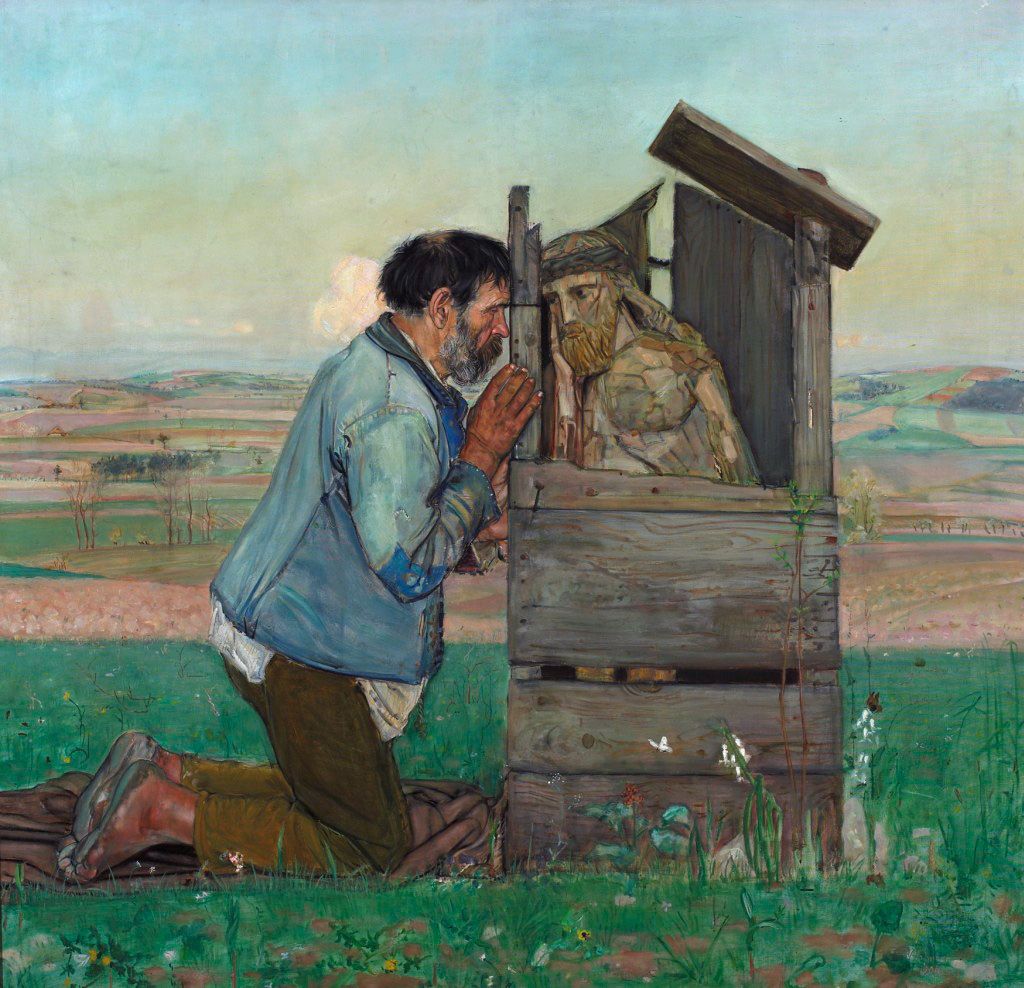Born at Belluno in the Veneto, Ippolito Caffi🎨 (1809-1866) was a precocious landscape - architectural subjects and seascapes or urban vedute - painter and reporter.
His light-filled paintings are unsurpassed in immortalising the soul of the places and peoples he encountered during his many trips throughout Italy, Europe and the Mediterranean basin.
For biographical notes -in english and italian- and other works by Caffi see:








